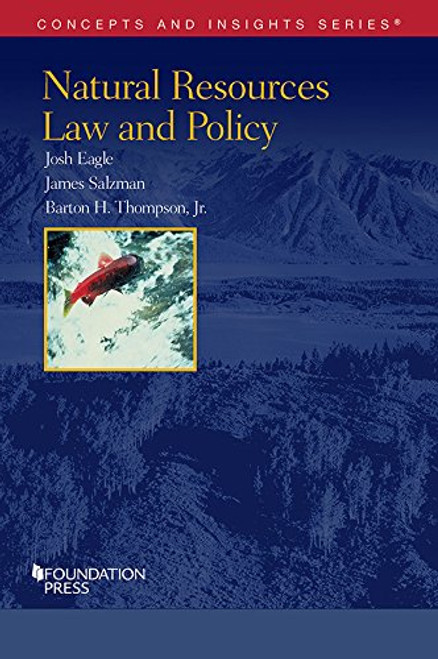Taken in its expansive sense, environmental and natural resources law encompasses pollution control law, energy allocation and conservation law, species and habitat protection, common law property rights, and a host of other areas. Often, this massive body of legal material is divided into two courses, the Environmental Law course dealing primarily with pollution control and the Natural Resources course covering the remainder. This casebook combines the two areas.
As a survey course, the expansion of subject matter coverage allows the student a fuller understanding of the playing field and the generic issues that arise across this wide spectrum of material. The wider coverage, moreover, should suit both students who want a once-through general understanding of this area of the law as well as those seeking a foundation for more intense future study.
Environmental and Natural Resources Law is divided into three parts:
Environmental and Natural Resources Law concentrates on the mechanics of regulatory programs so that students may learn how to read and understand complex statutes, why regulatory initiatives have come into being, and how the various regulatory programs are structured.











